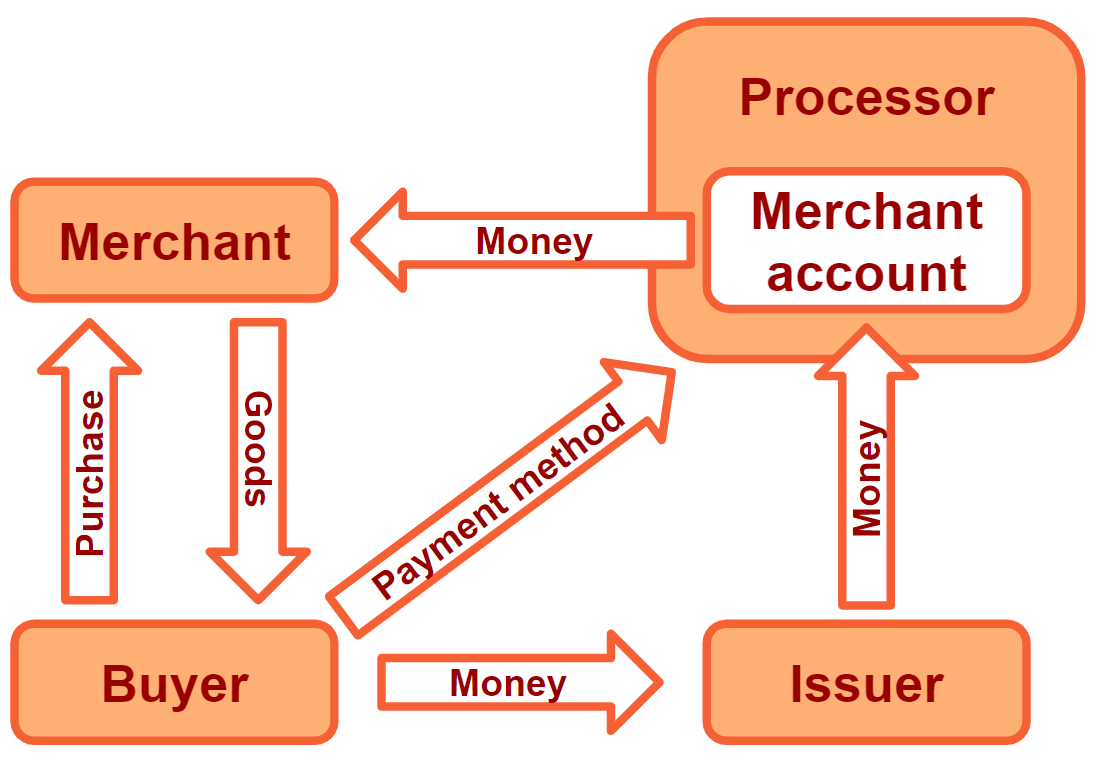Product benchmarks
One of the challenges product managers are facing is benchmarking KPIs and metrics. When you are about to release a new feature or product, what should you expect? What would be considered a success? Would 5% adoption be a great success or a complete failure?
I think the reason product managers are having a hard time here is due to the fact the product metrics are deeply related to business data and results. Would you be willing to tell outsiders the current values of your product metrics and KPIs? Probably not, they’re too sensitive.
Designers and developers enjoy the ability to share data and specifics regarding many challenges and issues they meet (not all of them). For product managers, it’s harder, as well as for other business-oriented positions like marketing or sales.
(On a different topic, I think this is also why many product managers professional forums and conferences are lacking. No one can really ask about their issues since they don’t want to reveal sensitive information. So all you get is a series of highly generalized vague questions and replies, as well as presentations you can’t learn a lot from)
One solution to this problem is looking into product reports that include benchmarks. Even though some of them may be too general for you, it is usually a good place to start. In this post I’ve collected some good reports I found interesting. I linked to each report and summarized the highlights.
Pendo interactive product benchmark report
This report compares 1000 leading products, and reports benchmarks for low (25th percentile), average (50th), good (75th), and best in class (90th) performance. You can see the overall results or break down by company size/stage which is given as start-up, scale-up, enterprise.
The report covers some key metrics:
- Stickiness: measured as the ratios of Daily Active Users/Monthly Active Users, and Weekly Active Users/Monthly Active Users
- Feature adoption: what percentage of features creates 80% of click volume
- Monthly retention
- NPS score
Mixpanel Product Benchmarks Report 2019
The report surveys 638 products used by 1.2 billion users. The report includes several breakdowns: by industry (finance, media, e-commerce, saas) and reports benchmarks for median (50th percentile) and best-in-class (90th percentile). Most benchmarks are also broken down by platform (web, mobile, mobile-web).
The report covers the following metrics:
- Reach: User growth MoM
- Activation by industry and type of product
- Growth in weekly active users
- User engagement: key events/MAU
- Weekly activity trends
- Retention: 7-day retention, 30-day retention
Pendo 2019 Feature Adoption Report
This is a short report with a striking bottom line: Software companies invested up to $29.5 billion in features rarely or never used.
The report looks into the adoption rate of features within a product and finds out that 80% of features in the average software product are rarely or never used.
2020 SaaS Product Benchmarks by Openview
This report is more focused on high-level SaaS metrics. Openview is promoting product-led growth, and their findings are mostly broken down by overall product growth rate (low vs high). Benchmarks are reported in quartiles (25th percentile, 50th percentile/median, 75th percentile).
- Conversion from web visit to free account signup
- Conversion from free account to paid account
- Conversion from free account to paid account freemium or free trial
- Average percent of leads by acquisition channel
- Conversion from free account to paid account by channel
- Retention rate after one month by go-to-market approach (freemium vs free trial)
- Activation rate by go-to-market approach (freemium vs free trial)
- Natural rate of growth by go-to-market approach (freemium vs free trial)
Share if you think it's good

Don't miss a thing
We promise to only send you the good stuff. No spam.

